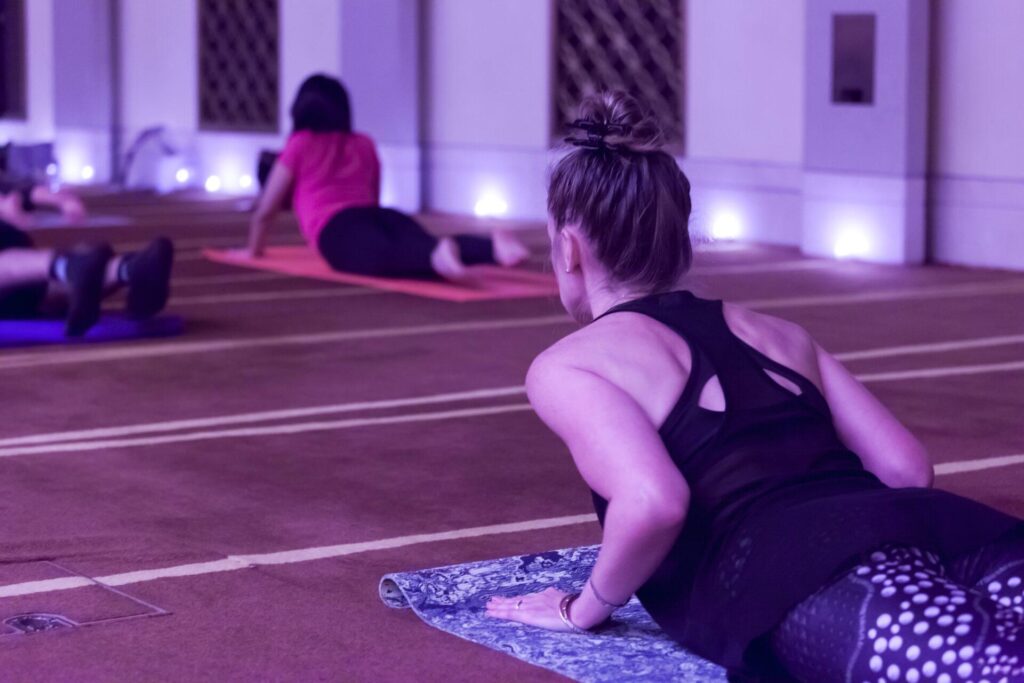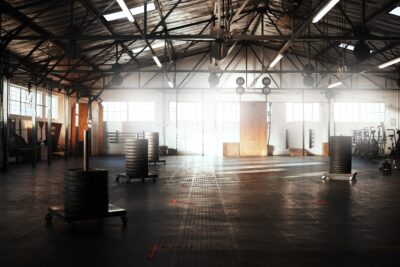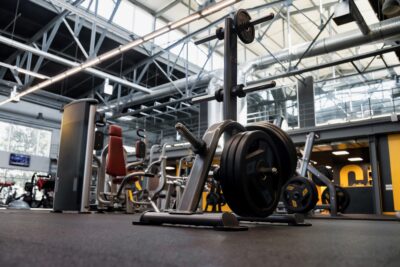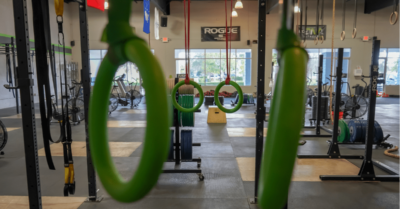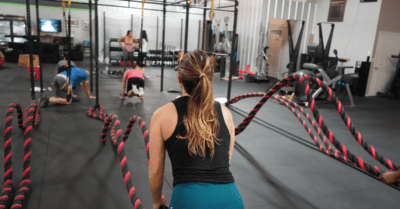Fitness Founders Series
A continuation of articles from our Fitness Founders series: Mehdi Elaichouni of Carpe Diem Jiu Jitsu Singapore shares his first-hand experiences of personally navigating challenges along the road to success. He highlights key learnings and actionable takeaways to help new fitness businesses grow and succeed.
Choosing a location is one of the most important decisions you need to make when starting a new business. The right location needs to be welcoming and set the tone for customers to have a positive association with your brand, and this could encompass different sets of criteria for different fitness operators. The selection process can be overwhelming, but it becomes easier once you know what questions you need to answer. Skip ahead to:
1. Bring your vision to life
You have a vision for your business, now you need to flesh out that vision into a plan. You want to consider building restrictions when determining if a location will be suitable for your business – this will largely depend on the type of fitness business you will be running.
For example; will you have a section for free weights, or be running classes with loud music? Consider what limitations the location may have in terms of noise pollution and what kind of clearance you’d need in place to go ahead. You may need to soundproof certain parts of the building, so the music or sound of weights dropping to the floor won’t cause any disruption. Noise pollution aside, you’ll also want to consider some of the following points:
Premium vs mass brand
A premium brand will probably need to be in a high-end location such as a nice, new building in a business district; while a mass brand could be in a more accessible place like the top floor of a shopping mall or near a public transportation hub. Consider your services, mode of operation, and target audience. Premium doesn’t always mean better.
Launch budget
I like to start by figuring out what I can afford. Segment your launch budget into the following needs: rent, renovation, marketing, operations, etc. This will help determine how much you have to spend on rent. Can you afford to be in the fanciest location, or do you need to compromise a little and take a space on the city fringe?
Prime or non prime location
Prime locations are often in high demand and can command high rent. If you need that visibility, go for it. On the other hand, if you’re confident that you are able to attract customers without relying on a shopfront, you could save some money on the rental and divert that into your marketing budget.
Number of studios in one location
If you have just one studio, you will probably need just one big unit. If you plan to operate multiple studios in the same location, you could take several smaller units that are next to or close to each other.
Class capacity
Allocate 6-8 sqm per person, and estimate how many people will be attending each class or using the facility at a time.
Number of classes per day
The number and timings of your classes helps decide if you need to be located where people are working, transiting, or living. It also helps you to find a neighborhood with a behavior that fits with your class schedule.
Target audience
Is your business going to service kids, youth, working professionals, seniors, or a blend of different groups? Figure out your target audience demographics, where they live and hang out, and when they will be using your space.
The Top 10 Barriers
Slowing Your Fitness
Business Growth
Discover more 2. How do you plan to attract customers?
Getting customers to come through your main door can either taste like your favorite cheat meal or overcooked chicken breast. You need to decide on how you plan to attract customers to your business because this will have a direct impact on your choice of location.
Prime locations normally have high visibility, which means you may not have to spend much on marketing, but it will be in high demand and command a high rent. On the other hand, a space with low demand will command a lower rent but you will need to rely on marketing to bring in customers. Before you decide on a location, remember to check if it fits with your target audience.
For Carpe Diem’s first location in Singapore, I decided to save on rent by taking a space in the basement of a mixed-use building. I was the first tenant in a brand new space, but it had close to zero foot traffic. However the building was close to public transportation, a big mall, and well located in a residential zone, plus I could rely on the marketing skills I had gained from years of work experience in the advertising industry.
3. Define your location brief
Now that you have a plan for your vision, you can work on a location brief to guide you in shortlisting neighborhoods and rental listings. Include the following in your brief.
Rental budget
On top of your monthly rental budget, most landlords will require a deposit when you sign a tenancy agreement so make sure you factor this into your budget. This number may differ at the discretion of your landlord; some may want a larger deposit than others but you may be able to negotiate. Find out where you stand early on so you can adjust your budget accordingly.
Minimum required floor size
Make sure you take enough space for growth, otherwise you may find yourself having to move earlier than planned.
Must have and nice to have amenities
We tend to want the best for our business, however budget and what’s available doesn’t always allow for that. For example, showers were a must-have for me but my first location did not have that. So I got permission to build my own showers inside the studio and relied on the building’s washroom facilities.
Legal requirements
Check your local regulations on zoning and use permits to make sure the location you want can be used as a fitness gym. I had to go through a “Change of Use” process for both Carpe Diem locations as they were initially listed to be used as commercial spaces. You may find that there are certain regulations that you will need to meet for simple things including lighting and ventilation requirements.
Potential competition
Assess what type of competitors you can and cannot have around. If you are starting a spin studio for example, it may be ok to be located in the vicinity of a HIIT gym but not another spin studio.
Once your brief is ready, revisit the areas you love and see which one fits. Then move on to actual listings and start your site visits.
In summary
You had a dream, now make it a reality by working out details of your business. Having details on hand will help filter out which listings are suitable for you to spend time viewing.


